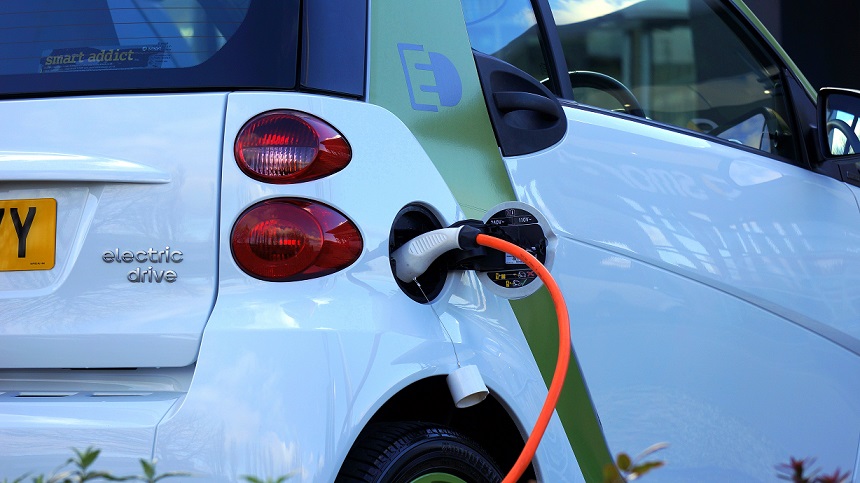Electric Vehicle Zero Emission
A zero-emission vehicle, or ZEV, is one that emits no exhaust gas or other pollutants from its onboard power source. This includes any and all operational modes and conditions, according to the definition. This is because, under cold-start conditions, internal combustion engines tend to produce the most pollutants. Transport is cited as the primary source of greenhouse gasses (GHG) and other pollutants in a number of countries and states. As a result, the desire to reduce this is politically strong. All-electric vehicles, also known as battery electric vehicles (BEVs), store the electrical energy that powers the motor in a battery pack. By connecting the vehicle to an electric power source, the batteries are charged. Electric Vehicle Zero Emission
- All-electric vehicles, plug-in hybrid electric vehicles (PHEVs), and hybrid electric vehicles (HEVs) typically emit fewer tailpipe emissions than conventional vehicles and emit no tailpipe emissions when powered solely by electricity. Tailpipe emissions are only one component of a vehicle’s life cycle emissions; upstream emissions from the extraction, refining, production, and transportation of the fuel must also be considered.
-
Our planet is being destroyed by the use of gasoline and diesel | Electric Vehicle Zero Emission
Electric vehicles can convert around 60% of the electrical energy from the grid to power the wheels, whereas gasoline and diesel vehicles can only convert 17%-21% of the energy stored in the fuel to the wheels. That is a waste of approximately 80%. Although fully electric vehicles emit no tailpipe emissions, even when electricity production is considered, petrol or diesel vehicles emit nearly three times the carbon dioxide as the average EV. To reduce the environmental impact of charging electric vehicles, India aims to achieve approximately 40% cumulative electric power installed capacity from non-fossil fuel-based energy resources by 2030. As a result, electric vehicles are the future of Indian transportation, and we must transition to them now.
-
Low operating costs | Electric Vehicle Zero Emission
Electric vehicles require less maintenance than internal combustion vehicles since they have fewer moving parts. Compared to vehicles powered by gasoline or diesel, electric vehicles require fewer repairs. As a result, operating an electric vehicle has far reduced annual costs.
- Electric and hybrid vehicles have the potential to significantly reduce emissions compared to conventional vehicles. All-electric vehicles emit no tailpipe emissions when in all-electric mode, and PHEVs emit no tailpipe emissions when in all-electric mode.HEV emissions benefits vary by vehicle model and category of the hybrid power system. Electric Vehicle Zero Emission
Electric cars can cost 40% less to maintain than gasoline cars
- The type of electricity used to charge an electric vehicle defines its life cycle emissions, which vary by region. Electric vehicles typically have a life cycle emissions advantage over comparable conventional vehicles that run on gasoline or diesel in geographic areas where electricity is generated using relatively low-polluting energy sources. Electric vehicles may not provide a significant life cycle emissions benefit in regions that rely heavily on conventional electricity generation.
-
Electric vehicles are simple to operate and quiet | Electric Vehicle Zero Emission
Electric vehicles do not have gears and are remarkably easy to operate. Only the accelerator, brake, and steering controls are available. Simply connect your vehicle to a house or public charger to charge it. Electric vehicles are also quieter than traditional vehicles, resulting in less noise pollution.
-
There is no noise pollution | Electric Vehicle Zero Emission
Electric vehicles can operate in complete silence because there is no engine under the hood. There will be no noise because there will be no engine. The electric motor runs so quietly that you have to peek into your instrument panel to see if it is turned on. Because electric vehicles are so quiet, manufacturers must add false sounds to make them safe for pedestrians.
-
Tax and financial advantages | Electric Vehicle Zero Emission
Electric vehicles have lower registration and road tax than gasoline or diesel vehicles. Depending on which state you live in, the government offers a variety of policies and incentives.




